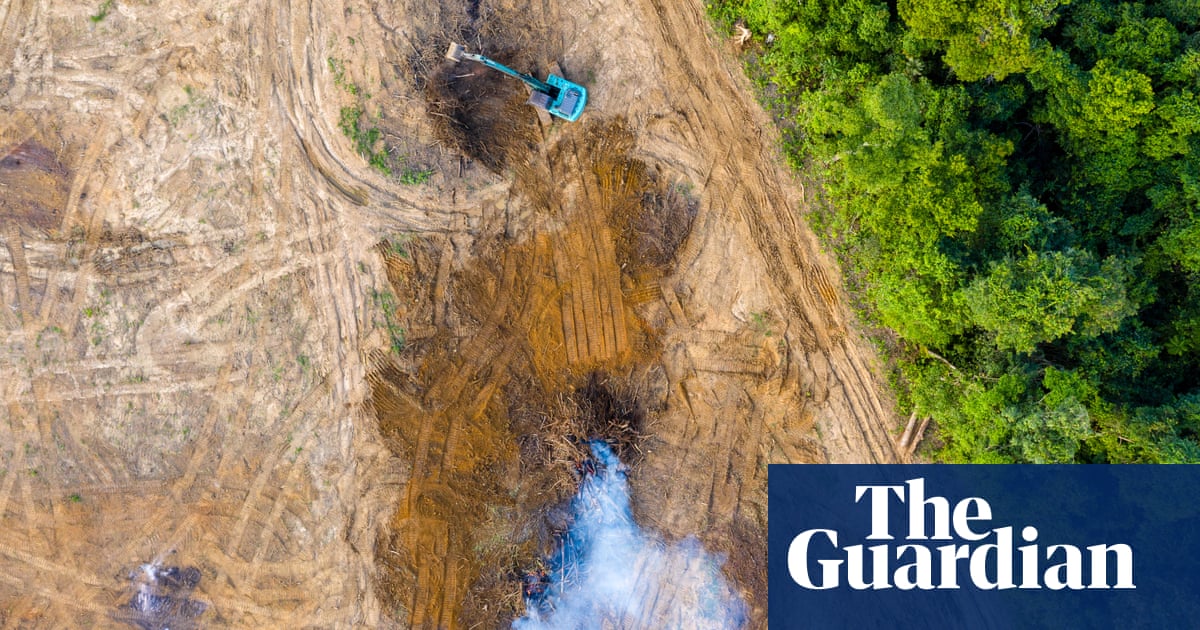A British mountaineer and her American companion who were stranded in the Himalayas for three days without food have described the long silence between them after the bulk of their equipment plunged into a ravine.
Fay Manners, 37, and Michelle Dvorak, 31, had been climbing the Chaukhamba mountain in northern India, when they issued an SOS message on Thursday, with nothing further being heard from them.
The pair reported that they had lost their tent and climbing equipment after the items were dragged into a ravine by a rockfall.
Speaking to BBC Radio 4’s Today programme, Manners described the moment their gear vanished.
“There was a big, big, long sense of silence between us,” she said. “There weren’t too many words to begin with, to be honest, it was more just the gaze that we had between us, the look of just disappointment and disbelief.
“I think we were in silence for probably at least two or three minutes before we said anything. I think we both knew what was to come.”
The rescue operation took 80 hours and involved the Indian air force and army, the Indian news agency Ians reported.
Manners, originally from Bedford, told Radio 4 the ledge they were stranded on was big enough only to sit. She said: “It was really small. We could both sit up on the ledge but we couldn’t lay down, so it was a pretty tiny space.
“The hardest thing is we still have other equipment, and so you have to fit both your bodies and your sleeping bag on there, but you also have to fit all your other equipment. And once you’ve already lost a lot of your kit down the mountain, then you get pretty anxious about the rest of the kit that you have as well.”
Dvorak told the programme that a rescue helicopter had initially failed to spot them.
She said: “We were waving around, waving our hands around and hoping to get their attention, but they were just a bit too far away, and we were on a pretty steep and vertical face, and I think everything looked a bit the same to them from their vantage point.”
After two nights in freezing conditions, Manners said the pair decided to abseil to a more accessible point.
after newsletter promotion
“We’d already had two evenings on the wall where I didn’t have any of my warm clothing because it was in the equipment bag, so I was particularly cold, and I just knew that I couldn’t spend another night pretty much shivering all night.
“So at that point, I was like, we really just have to try and get ourselves out of this situation and go down. I think I prefer to go down without the right equipment and give ourselves some sort of hope of survival, rather than just sit another night and freeze.”
They were reportedly airlifted by an Indian air force helicopter to a helipad at Joshimath, a town 21 miles south-east of Chaukhamba, at 7am local time on Sunday.
A French climbing party assisted with the rescue after the group helped them descend to the altitude from which they were airlifted, according to the air force.









